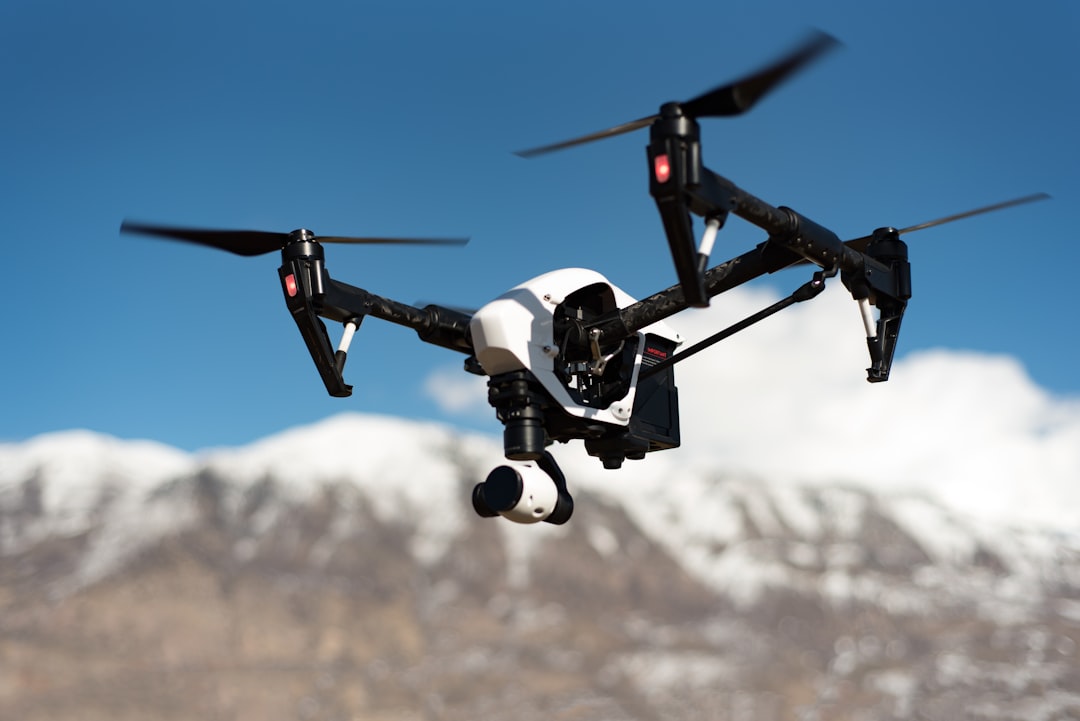What is it about?
This study applied a phenology-based land-cover classification approach across the Laurentian Great Lakes Basin (GLB) using time-series data consisting of 23 Moderate Resolution Imaging Spectroradiometer (MODIS) Normalized Difference Vegetation Index (NDVI) composite images (250 m) from calendar year 2007. Two classification products (levels III and IV) were evaluated within one level IV Omernik Ecoregion in the GLB using both point-based and area-based maplets assessment methodologies. Classification accuracies were assessed at both stratification levels using 127 homogeneous reference pixels (single cover type) for three cover types (deciduous, coniferous, and grass). Error matrices indicated an overall level III classification accuracy of 87.9% (KHAT = 0.78) compared to 95.3% (KHAT = 0.9109) at level IV. Also, there was a statistically significant difference between the two matrices (Z = 2.03; p=0.05).
Featured Image
Why is it important?
For regional scale mapping with moderate-to-coarse spatial resolution satellite imagery, a number of primary issues have to be addressed prior to project initiation. Satellite sensor selection is based on optimizing spatial, spectral, temporal, and radiometric resolutions appropriate to capture the vegetation and anthropogenic variations seen across the landscape. Next, image classification (supervised, unsupervised, neural network, etc.) and accuracy assessment methodology are determined. Should training data extend over a regional or a subregional level? Will the traditional point-based accuracy assessment method suffice in informing the categorical confusion of the map? Variability is introduced across large geographical extents due to subregional differences in vegetation types, climate, geology/soil types, etc. Accordingly, across what geographical extent should the classification algorithms be applied to capture the local variation of land-cover? The issue of cover type heterogeneity existent across the landscape within the grid framework also has a basis in deciding how to assess the accuracy of the mapping project.
Read the Original
This page is a summary of: Classification and Accuracy Assessment for Coarse Resolution Mapping within the Great Lakes Basin, USA, Photogrammetric Engineering & Remote Sensing, November 2013, American Society for Photogrammetry and Remote Sensing,
DOI: 10.14358/pers.79.11.1015.
You can read the full text:
Contributors
The following have contributed to this page










